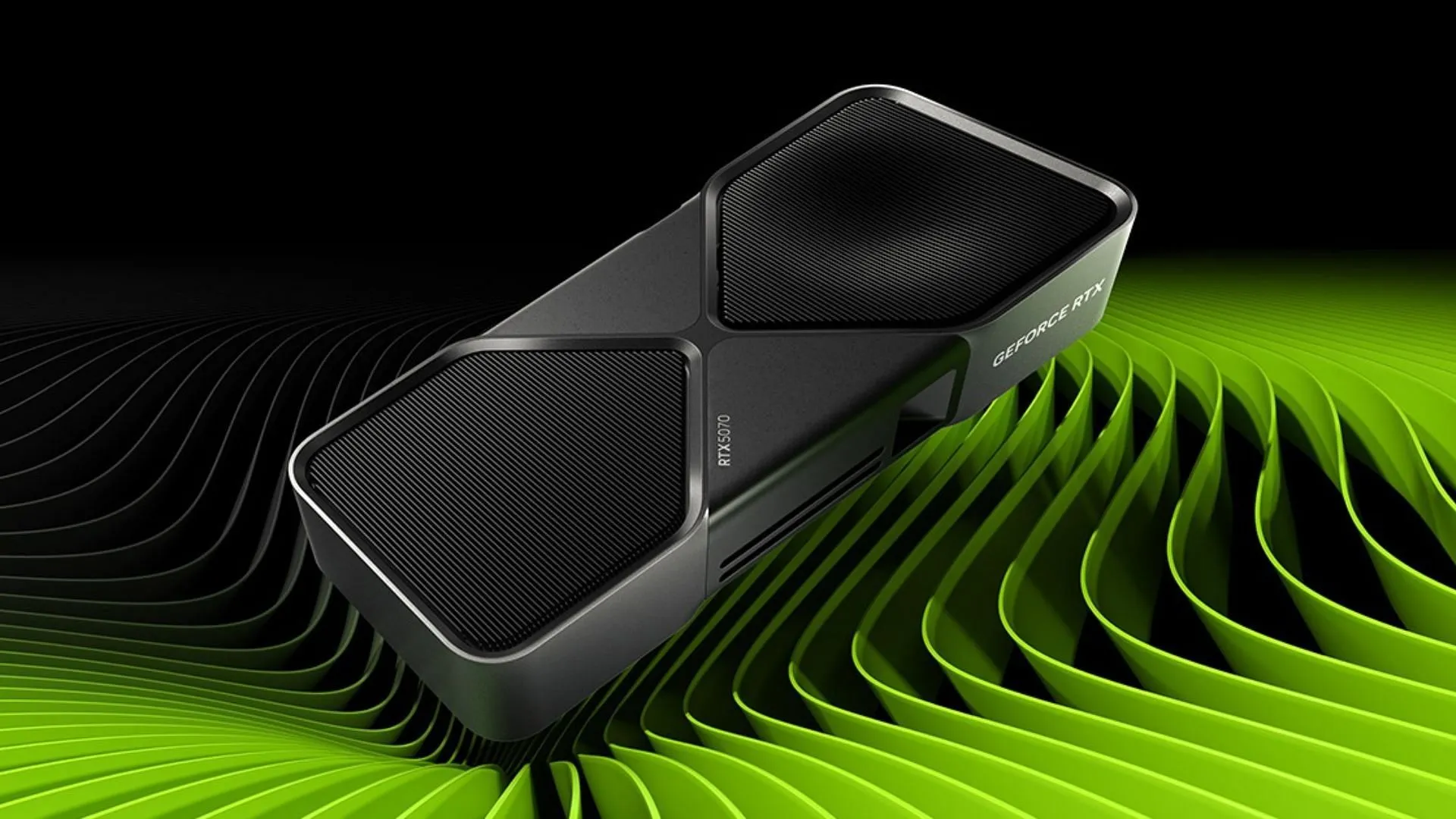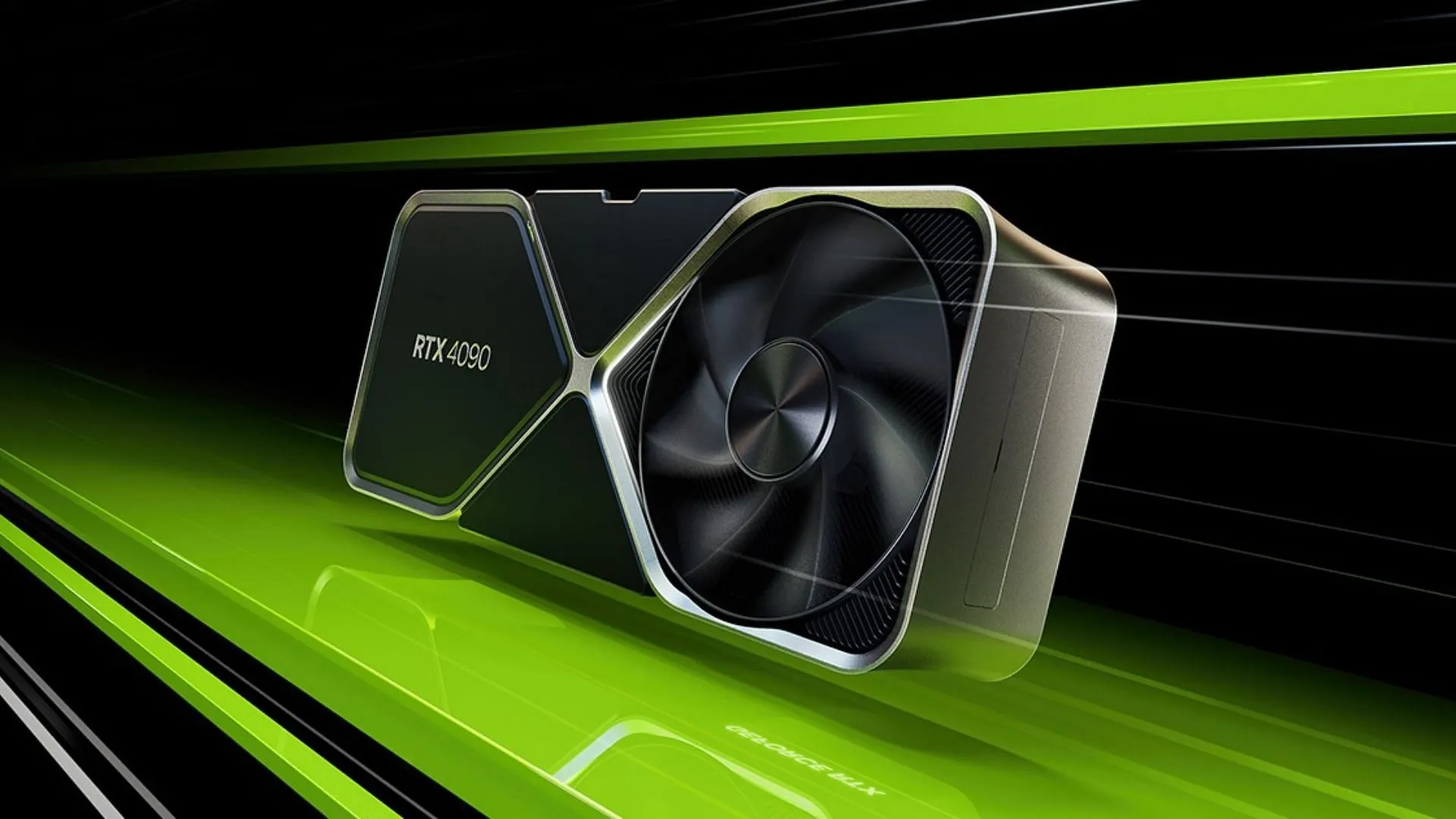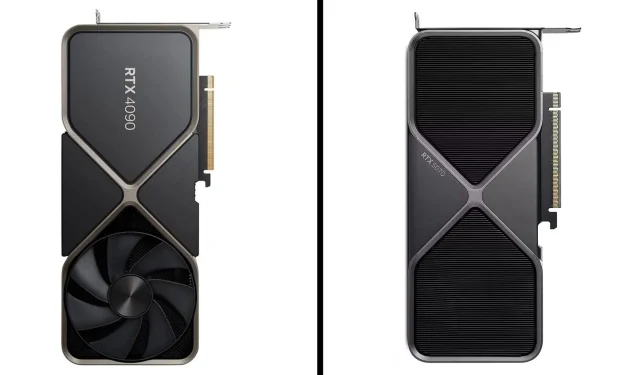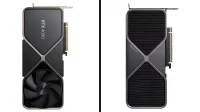The Nvidia RTX 5070 and RTX 4090 have emerged as leading contenders in the GPU market. At the launch event, Nvidia claimed that the RTX 5070 could rival last-generation’s flagship model, a statement that sparked skepticism among enthusiasts. However, further analysis indicates that the 5070 can only compete with the RTX 4090 with features like multi-frame generation and DLSS activated.
This article delves into a direct comparison of these two powerful graphics cards, particularly examining their performance at native resolutions to uncover the true capabilities of each GPU.
Exploring the Performance Divide Between RTX 5070 and RTX 4090

While both GPUs can achieve comparable performance levels when utilizing AI-upscaling technologies, they are fundamentally different in their hardware specifications. Understanding these differences is crucial for potential buyers and gamers who wish to make informed choices.
Specifications Overview
The RTX 5070 and RTX 4090 showcase stark contrasts in their architecture and intended use. The flagship RTX 4090 boasts a formidable 16,384 CUDA cores, 24 GB of GDDR6X memory with over 1 TB/s bandwidth, and a premium price tag of $1,599. In contrast, the RTX 5070 is designed for a more moderate audience, featuring 6,144 CUDA cores—slightly exceeding the RTX 4070 Super—and just 12 GB of GDDR7 memory, resulting in a memory bandwidth of 536 GB/s.
Here is a detailed comparison of their specifications:
| Specification | Nvidia GeForce RTX 5070 | Nvidia GeForce RTX 4090 |
|---|---|---|
| Architecture | Blackwell | Ada Lovelace |
| CUDA Cores | 6,144 | 16,384 |
| Base Clock Speed | 2.16 GHz | 2.23 GHz |
| Boost Clock Speed | 2.51 GHz | 2.52 GHz |
| Memory | 12 GB GDDR7 | 24 GB GDDR6X |
| Memory Interface | 192-bit | 384-bit |
| Memory Bandwidth | 532.6 GB/s | 1.01 TB/s |
| Total Graphics Power (TGP) | 250W | 450W |
| DLSS Support | DLSS 4 with Multi-Frame Generation | DLSS 3 |
| Price at Launch | $549 | $1,599 |
| Release Date | February 2025 | October 2022 |
Performance Analysis

When AI upscaling features are disabled, the RTX 5070 falls significantly behind. The disparity in performance is notably apparent, especially at 4K resolution, where the gap can greatly affect gameplay. Still, the RTX 5070 provides reliable performance at 1440p, making it a solid option for gamers focused on that resolution.
The following table illustrates the frame rates achieved by both GPUs across several popular games, with data sourced from the Testing Games YouTube channel:
| Game Title | Nvidia RTX 5070 | Nvidia RTX 4090 |
| Alan Wake 2 | 35 FPS | 62 FPS |
| Microsoft Flight Simulator 2024 | 71 FPS | 121 FPS |
| Cyberpunk 2077 | 74 FPS | 123 FPS |
| Red Dead Redemption 2 | 114 FPS | 184 FPS |
| Ghost of Tsushima | 72 FPS | 127 FPS |
| Horizon Forbidden West | 97 FPS | 143 FPS |
| Kingdom Come Deliverance 2 | 73 FPS | 120 FPS |
| Forza Horizon 5 | 140 FPS | 196 FPS |
| God of War: Ragnarok | 129 FPS | 214 FPS |
| S.T.A.L.K.E.R. 2 | 64 FPS | 95 FPS |
On average, the RTX 5070 lags behind the RTX 4090 by 40% to 77% across various titles. Despite this, it maintains admirable performance at native resolutions, making it suitable for gamers targeting 1440p.
Interestingly, when frame generation is activated, the RTX 5070 surprisingly outperforms the RTX 4090. With a setting that multiplies frame rates significantly (DLSS set to 4x), the performance shifts dramatically:
| Game Title | Nvidia RTX 5070 (w/ FG) | Nvidia RTX 4090 (w/ FG) |
| Alan Wake 2 | 116 FPS (+231.43%) | 112 FPS (+80.65%) |
| Cyberpunk 2077 | 207 FPS (+179.73%) | 202 FPS (+64.23%) |
The results indicate that when frame generation is engaged, the RTX 5070 can output 5-6 FPS higher than the RTX 4090, despite its outdated hardware specifications. This highlights the effectiveness of NVIDIA’s AI enhancements.
In conclusion, both the RTX 5070 and RTX 4090 are among the leading GPUs available, capable of efficiently handling the latest gaming titles. Nevertheless, the RTX 5070 demonstrates a lower performance in raw rasterization tasks. Most gamers, however, may find it challenging to discern differences between DLSS-enhanced visuals and native displays thanks to advancements in AI technology. A notable limitation remains the relatively small number of titles that support the latest DLSS 4 features.


